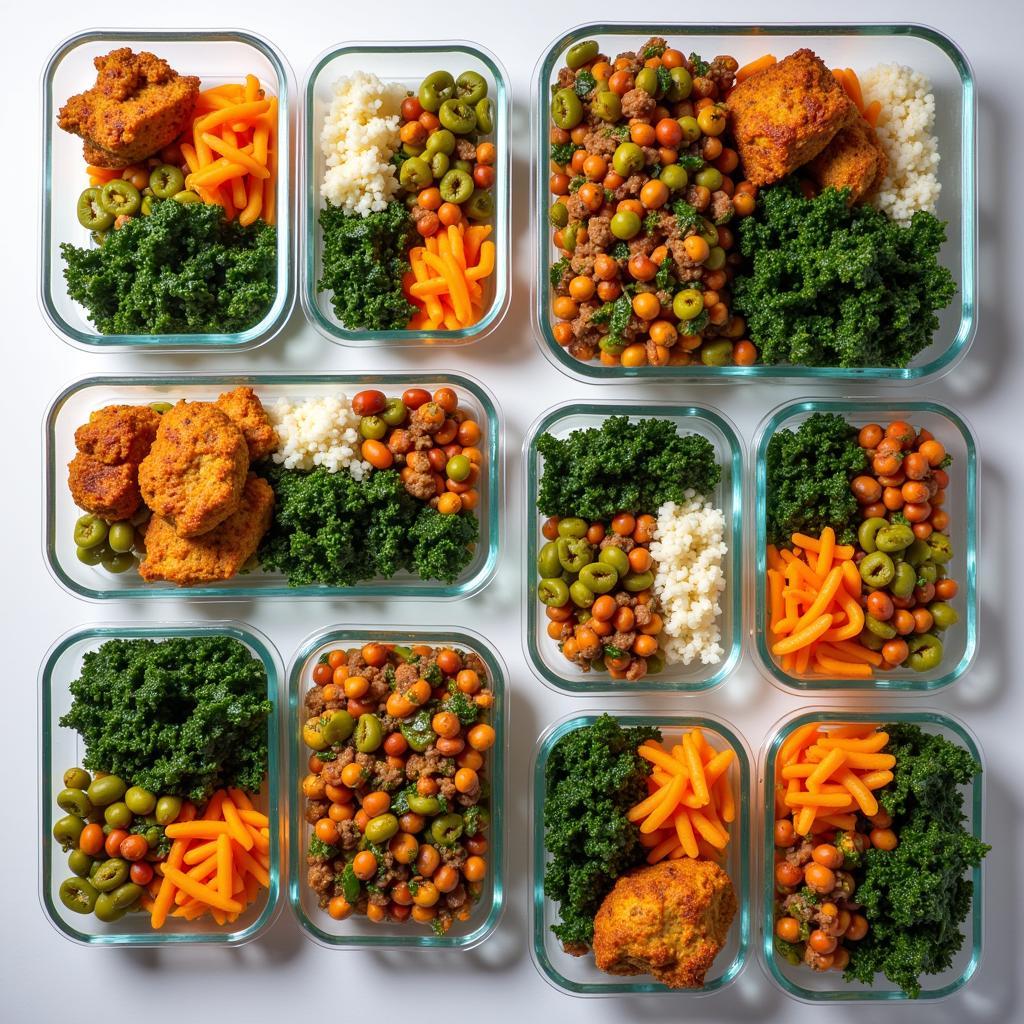Unveiling the Strength and Resourcefulness of African Houses With Tire Rubber
In many parts of Africa, innovative building techniques using recycled materials are not just a trend, but a testament to resourcefulness and sustainable living. One such method that has gained significant traction is the use of discarded tire rubber in constructing homes. This eco-conscious approach not only tackles the environmental hazard of tire waste but also offers a durable and affordable building solution.
The Logic Behind Building with Tires: Turning Trash into Treasure
You might be surprised to learn that discarded tires possess impressive qualities that lend themselves well to construction. They are:
- Abundant: With millions of tires discarded globally each year, accessibility is rarely an issue.
- Durable: Rubber’s inherent strength and resistance to weather elements, pests, and even fire make it a surprisingly long-lasting building material.
- Thermally Efficient: The air pockets within tires provide natural insulation, keeping homes cooler in hot climates and warmer in colder ones.
- Earthquake Resistant: The flexibility of rubber provides a degree of seismic resistance, a crucial advantage in earthquake-prone areas.
How are African Houses With Tire Rubber Built? A Step-by-Step Look
The construction process, while labor-intensive, is relatively straightforward. It typically involves:
- Collecting and Preparing the Tires: Used tires are sourced, often from landfills or collection points, and cleaned thoroughly.
- Creating the Foundation: A level trench is dug to establish a solid base. The tires are then laid out in rows, much like bricks, and filled with compacted earth or a mixture of earth and cement for added stability.
- Building Walls: The tire-filled foundation is built upon, layer by layer, with each tire carefully interlocked and secured to its neighbors.
- Securing the Structure: Metal rods or bamboo poles are often used to reinforce the walls, adding further stability to the structure.
- Adding the Finishing Touches: Once the walls are erected, the roof is added. This can be constructed from various materials, ranging from traditional thatch to corrugated iron sheets. Windows and doors are then installed, and the exterior and interior walls are plastered and finished to the homeowner’s preference.
Beyond Building: The Impact of Tire Houses in Africa
The impact of using tire rubber in construction extends far beyond just building houses. It represents:
- Environmental Responsibility: Utilizing waste tires reduces their environmental impact in landfills and minimizes the need for new resources.
- Economic Empowerment: Tire house construction often provides jobs and skills training within local communities.
- Improved Living Standards: These durable and weather-resistant homes offer families a safer and more comfortable living environment.
The Future of Sustainable Building in Africa
“The beauty of tire house construction lies in its simplicity and adaptability,” says Kendi Njaro, an architect specializing in sustainable building in Kenya. “It empowers communities to address their housing needs using readily available materials while promoting environmental responsibility.”
As awareness of sustainable building practices grows, the use of tire rubber and other recycled materials is expected to increase across Africa. This innovative approach to construction holds significant promise for addressing housing challenges while paving the way for a greener and more sustainable future.


